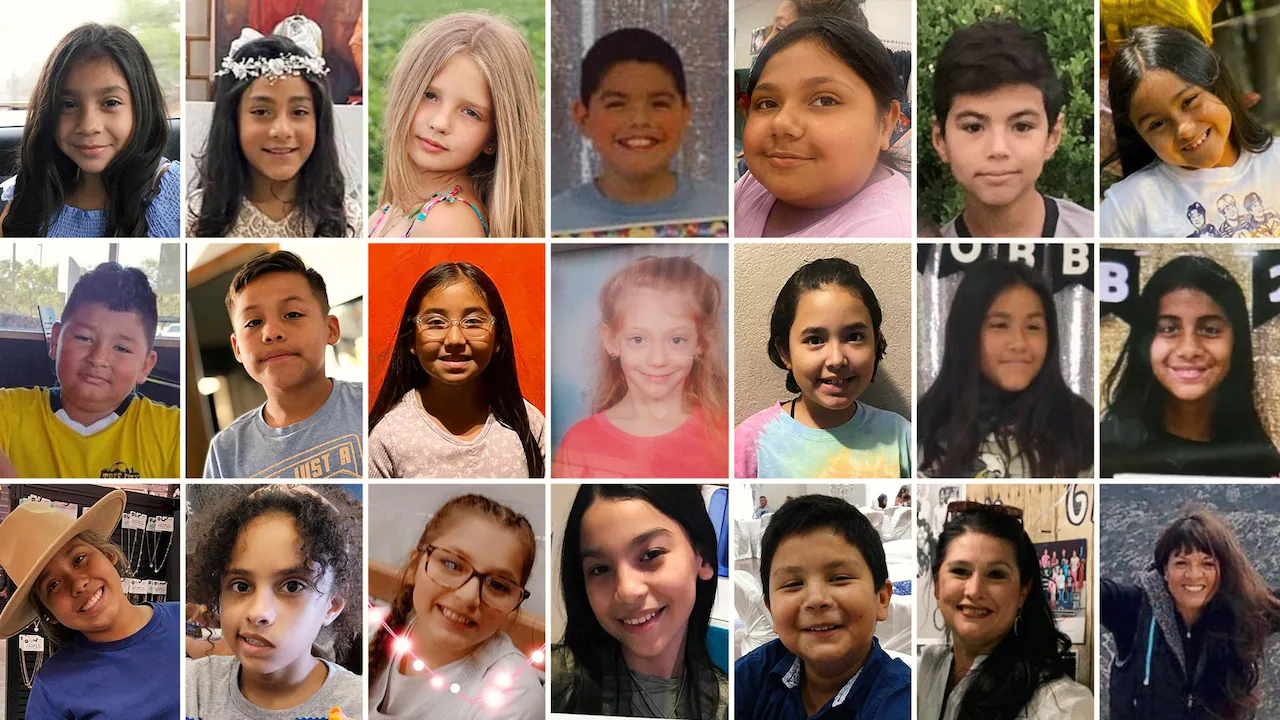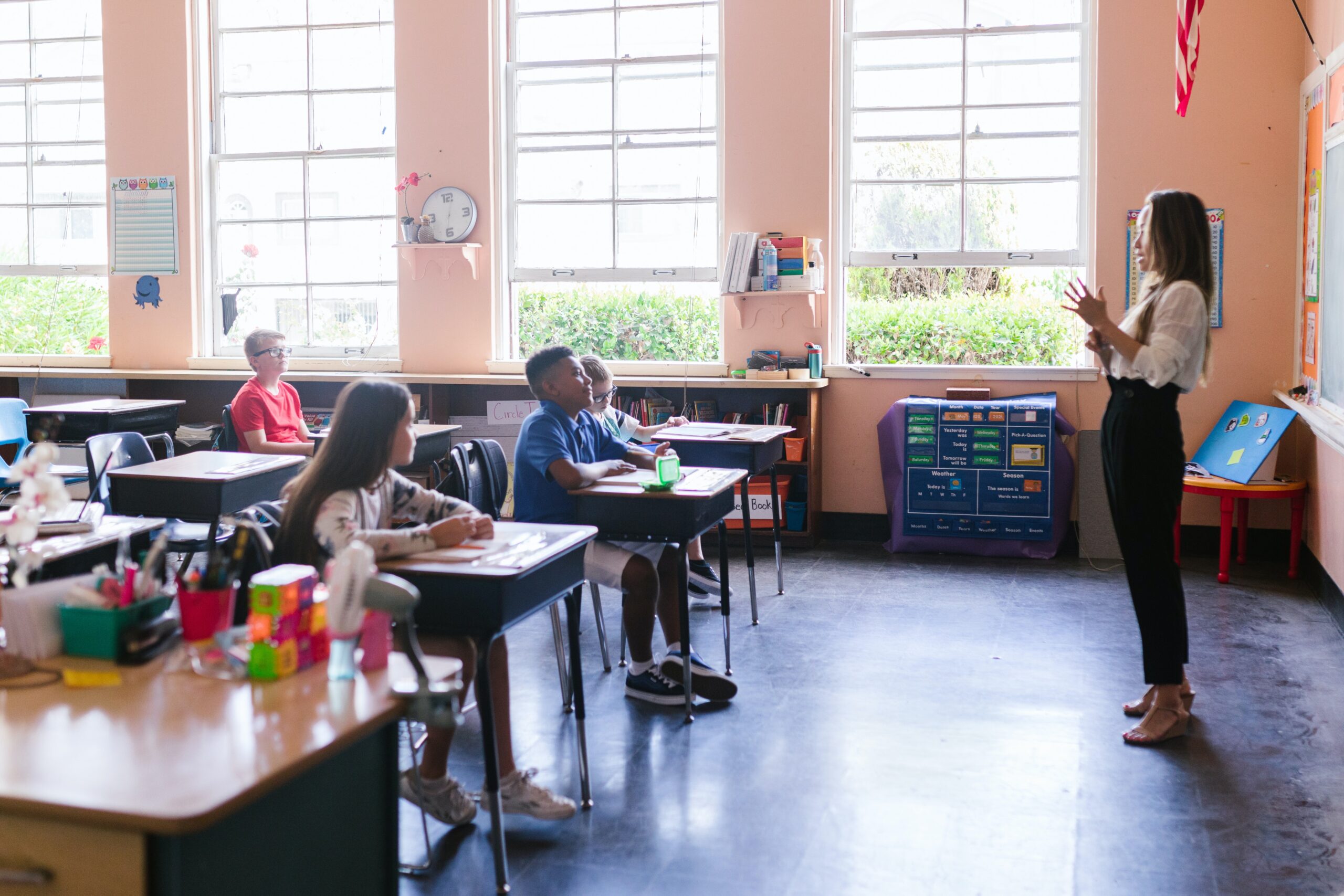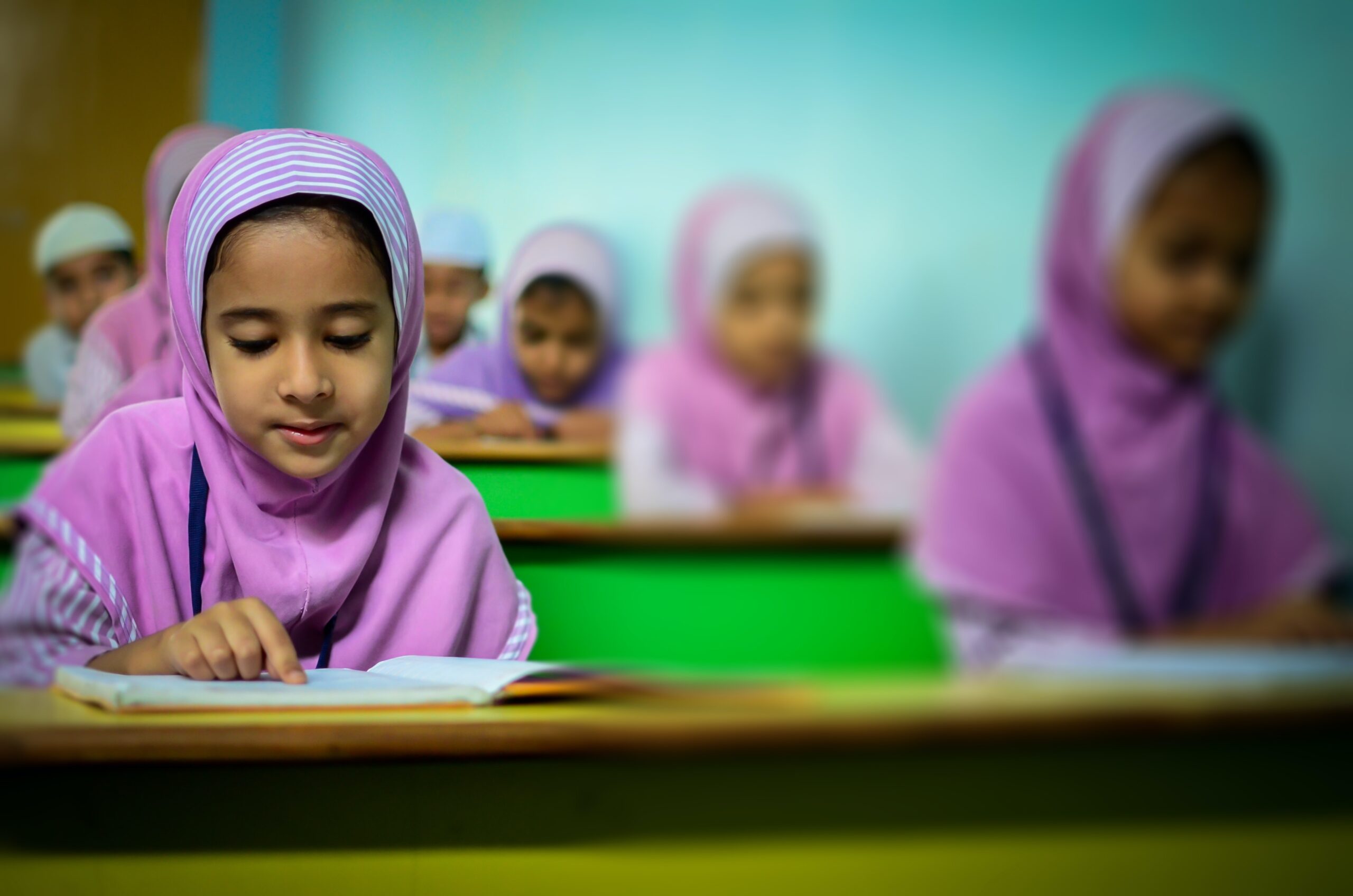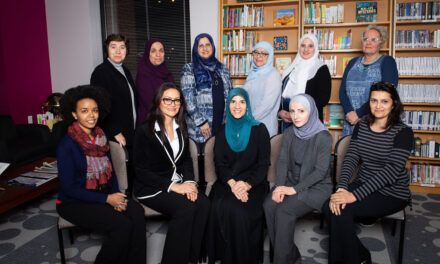
Photo by Rodnae Media
As Wisconsin children return to school this fall, many parents and students have personal safety on their minds.
Back-to-school worries today include more than: Will I fit in? Can I succeed academically? Intense media coverage of school violence brings personal safety issues to the forefront for parents and students.
A year ago, when students returned to school in the fall, a few months after the tragic mass shooting in a school in Uvalde, Texas, a national Gallup survey found parents’ concerns about their children’s personal safety at its highest in two decades, with 44% of K-12 parents reporting fear for their children’s physical safety at school. The same survey found 20% of parents said their children have expressed worry about school safety.
In May, an NPR/PBS News/Marist national survey found that 40% of respondents felt students, teachers and staff are at risk of gun violence at school, up from 30% in 2019.

Photo by Reuters
Composite illustration features the 21 victims — including 19 children and two teachers — of a mass shooting at Robb Elementary School in Uvalde, Texas, on May 24.
In Milwaukee, the feelings of risk are elevated along with youth homicides. Data from the Milwaukee County Medical Examiner’s Office show that youth homicide numbers that had been steady for a decade more than doubled after the pandemic, from 12 to 28 in 2020. In 2021, 26 minors died by homicide and 27 in 2022.
Besides ubiquitous news stories, other reminders of potential danger raise parents’ and students’ anxiety, including safety warnings and active shooter drills. Active shooter drills are mandatory in all Wisconsin schools and “taken very seriously by students,” a Milwaukee Public School teacher commented to a friend. “When we hear about shootings that happen someplace else, kids feel fearful. No one wants our school to be next. Unfortunately, this is a reminder of the times we live in.”
How do fears about school safety affect K-12 children and what can parents do to ease their negative effects?
One-on-one with a national leader in children’s mental health and safety
Wisconsin Muslim Journal discussed these questions with Milwaukee native Nasuh Malas, M.D., a national leader in addressing school mental health and safety. Dr. Malas is the primary investigator for the Children’s Hospital Zero Suicide Initiative, a national partnership of peer healthcare organizations. He has been honored as a distinguished fellow of the American Academy of Child and Adolescent Psychiatry.

Nasuh Malas, M.D., M.P.H., D.F.A.A.C.A.P.
Influential nationally in the fields of emergency psychiatry, consultation psychiatry and hospital-based psychiatry, Dr. Malas has contributed to publishing national guidelines on pediatric boarding as well as the care of pediatric delirium, pediatric somatic symptom disorders and pediatric aggression.
At the state level, Malas serves as a member of the State of Michigan Governor’s Commission on School Mental Health and Safety, advising on statewide policies. He is the University of Michigan Health System Child and Adolescent Psychiatry Division director and service chief, and a clinical associate professor of psychiatry and pediatrics, as well as the chair of the Mental Health Quality and Safety Committee at C.S. Mott Children’s Hospital.
As K-12 children across Wisconsin return to school, Malas shared his thoughts about their fears and how parents and the community can help ease them. Here is a paraphrase of his comments in two hour-long interviews:
What is the impact of mass shootings on schools around the country?
A lot of our schools are tremendous places, not only of learning, but of development and growth for youth across the country from preschool and elementary, all the way through high school and college. Schools are where kids develop trusting relationships with their teachers and peers. They’re developing their identities. Cognitive and academic development occurs but also social, emotional development, not to mention physical development. School is a rich place for kids to grow, develop and learn.
The tragedies we’ve seen in national media compromise that safety and sense of stability. They create uncertainty, fear, anxieties and worries among youth and families. Unfortunately, this is something we are managing across the country.
From a mental health standpoint, there are a lot of things schools have to do. Not only do they have to teach, they have to manage so many other demands regarding youth and mental health. It’s a tremendous challenge.
What are schools doing to address that challenge?
One thing we think about a lot is how to detect and prevent mental illness early, particularly mental illness that may pose a safety risk. A lot of schools have been considering how to create early awareness and identify individuals who may be at risk for aggressive behavior or suicide. We are also looking for risk factors for depression and anxiety. There are students coping with bullying, learning challenges, difficulties at home and in relationships at school. How do we manage those and their impacts on the school environment? How do we get kids the right educational and developmental support they need to succeed? How do we help them cope with life stressors, whether at school or at home?

Photo by Rodnae Media
Developing trusted relationships with teachers and other school staff members is important to child and youth development.
At the same time, steps are being taken to make schools safer. Interprofessional teams that include mental health professionals, law enforcement, educators, school personnel and others are assessing school environments for potential threats. They are addressing the physical structure of schools and creating better education for school professionals and families to identify early warning signs and to communicate those warning signs to schools and law enforcement. When we identify individuals who are in distress, we can get them the help they need quickly. By creating more effective ways to community concerns and creating awareness that those concerns need to be addressed sooner rather than later, we make schools safer.
It is a very complicated landscape and requires a very thoughtful approach and a lot of care coordination between the school community and the larger community, including primary care, law enforcement and local health systems. We must think collaboratively about how to support our youth.
(In Wisconsin, the Wisconsin Department of Justice’s Office of School Safety operates the state’s Speak Up, Speak Out confidential hotline for reporting school threats. The OSS trains school staff and law enforcement on improving school safety, threat assessment training and mental health training. It also created regional Critical Incident Response Teams. Since OSS opened in 2018, the hotline has received more than 7,500 tips, with more than 1,700 school and law enforcement agencies receiving at least one tip. The state’s Joint Finance Committee did not allocate funds in the latest budget to keep the OSS open this academic year but the DOJ secured temporary funding for the current school year.)

Photo by Akela Photography
What can families do?
It is good for parents to familiarize themselves with their specific school system and know who the key contacts are. Know the channels to get help if your own child is struggling in some way. Know what your children’s school is doing to promote safety. Most schools are adopting well-researched, evidence-based models for creating a safe environment and they are educating their staff about how to detect early signs of psychological trauma.
Does your children’s school have a school resource officer, a social worker or a school psychologist? There has been a significant shortage of these professionals around the country. It has been challenging for schools to staff those positions even if they are committed to providing support.
One of the most important things a parent can do is to be informed about their child’s life. Know who your kid’s teachers are, who their friends are and what they do at school.
Be curious about their lives. Rather than only engaging with them when something distressing is happening, find regular opportunities to talk with your child. Spend time together. It allows you to talk naturally. Make them feel safe to share with you when they are going through difficulties or when they make mistakes. Be a safe person to talk to, not one who will judge them.
By regularly spending time with your children, you will know when your kid is not acting as they usually would. That’s a good litmus test that maybe your child is struggling with something. It may be mundane or it may be significant.
Ask yourself: Is my child less interactive than usual? Less happy? More irritable? Tired? Isolating themselves? Avoiding things they usually enjoy? Those can be signs that something is wrong.
Don’t bombard them with questions, like an inquisition. Just let them know you noticed. Say something like, “I noticed you are a bit more irritated today. I want to understand why. I just want you to know I love you and I am worried about you. If you want to share things with me, I’m here for you.”
They may not tell you much at first but they’ll know you are there for them. It is less about prying the information out of them and more about creating a sense of trust and safety. Families can be very influential by giving kids the space to express those thoughts and emotions that may be very distressing to them.
If you have real safety concerns, you might seek help from your primary care doctor to get guidance or seek the help of a mental health professional. If it’s an immediate safety concern, you can go to an emergency room. Safety is paramount.
Another resource we have nationally is the 988 Hotline. It is available to youth and adults who have a mental health crisis or significant social conflict. It is available 24/7. A supportive staff member will answer and help them get through the situation.













